
The Bank of Ghana (BoG) for the third consecutive time this year has maintained the Monetary Policy Rate (MPR) rate at 17 per cent.
Speaking at a news conference by the Monetary Policy Committee of the BoG to announce the new MPR, the Governor said the decision to maintain the MPR was influenced by the stability of the Ghanaian economy and the continuous disinflation process.
He explained that the country's disinflation had continued, albeit, in a slower pace, stressing that headline inflation had decelerated to 9.5 per cent in October 2018 and well within the target band of eight plus or minus two per cent.
"The decline in inflation observed in the year so far has been driven in large part by a steady decline in non-food inflation, on the back of relatively tight monetary space. Non-food inflation fell by 3.9 per cent points to 9.8 per cent in October 2018, the lowest since July 1992," he said, adding that "a similar trend was observed in all the core measures of inflation monitored by the BoG, indicating easing underlying inflation pressures."
The Governor said economic activity continued to pick up although, the trend remained below potential, explaining that the bank's real Composite Index of Economic Activity (CIEA) recorded an annual growth of 4.2 per cent in September 2018, compared with 4.0 in the corresponding period of 2017.
He said the pick-up in economic activity was mainly supported by exports, industrial consumption of electricity, private sector credit expansion, domestic VAT, and key manufacturing sales.
Dr. Addison stated that the overall rebased Gross Domestic Product growth rate for 2018 was projected at 5.6 per cent, based on the half-year performance of the economy, with strong quarterly GDP growth turning in at 5.4 per cent for the first two quarters of the year, stressing that "this compares with an overall growth of 8.1 per cent recorded in 2017".
The Governor said provisional data on the execution of the budget indicated an overall fiscal deficit of 3.0 per cent of rebased GDP in September 2018, above the target of 2.6 per cent, as revenue and grants were below the programme target.
Total revenue and grants in the year under review, he said amounted to GH?32.2 billion (10.8 per cent of rebased GDP) compared with the programme target of GH?35.6 billion (11.9 per cent of rebased GDP), while total expenditures, including arrears clearance was GH? 41.3 billion (13.8 per cent of rebased GDP), marginally below the target of GH?43.4 billion (14.5 of rebased GDP) and the deficit was financed from both domestic and external sources.
Dr Addison said total public debt increased to 57.2 per cent of GDP (GH?170 billion) at the end of September 2018 from 54.1 per cent of rebased GDP (GH?138.8 billion) in the same period a year earlier and indicated that of the total public debt, domestic was GH?84.2 billion and external GH?86.6 billion.
On the banking front, the Governor disclosed that the sector's total assets increased to GH?106.3 billion in October 2018; represent a year-on-year growth of 19.6 per cent, saying the banking sector was solid, liquid and profitable.
Dr Addison indicated that the strengthening of the US dollar in the international market had exerted pressed on currencies in emerging markets and frontier economies, including Ghana.
The cedi, he said as at November 22 had cumulatively depreciated by 7.8 per cent, compared with 4.6 per cent depreciation in the same period last year.
"In real terms, the cedi remained broadly in line with the underlying fundamentals. The real effective exchange rate, in trade-weighted terms, remained within the band of plus or minus two per cent standard deviation," he said.
Read Full Story
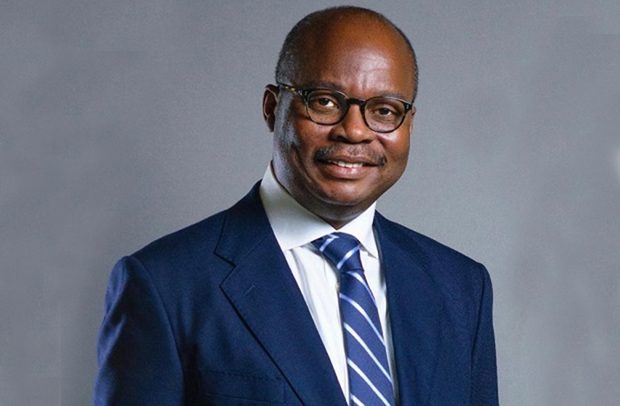

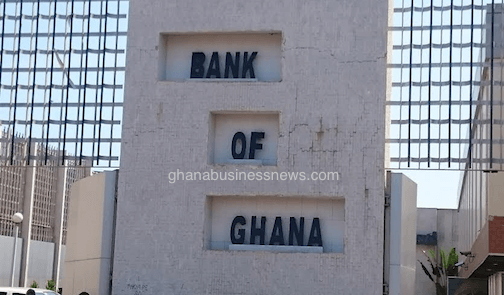



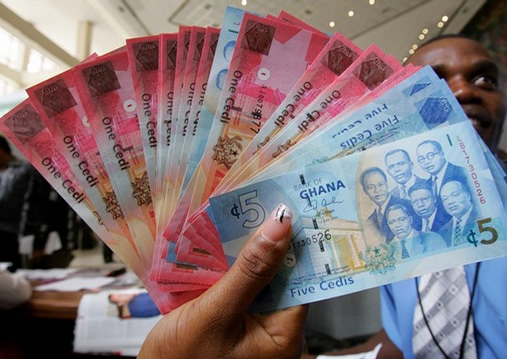





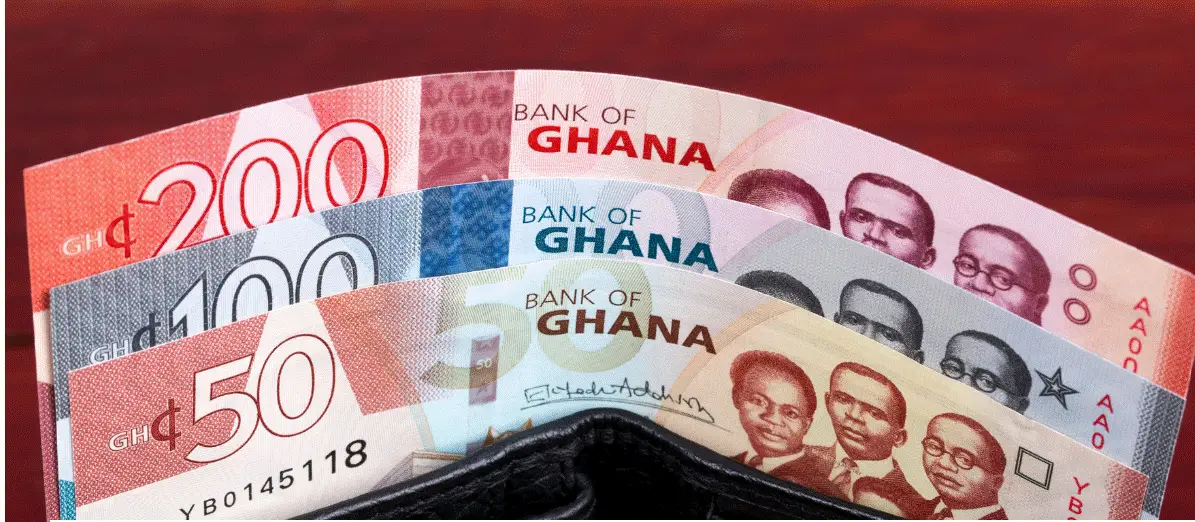





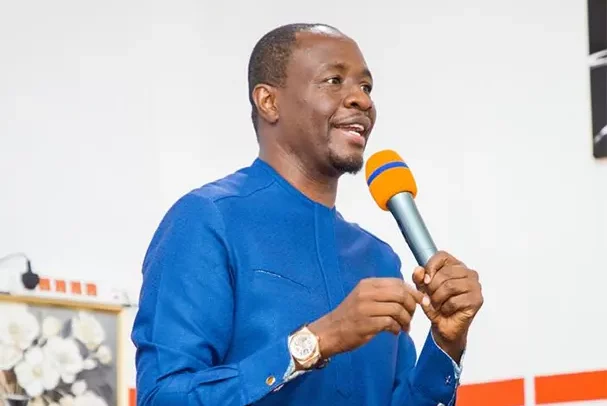


Facebook
Twitter
Pinterest
Instagram
Google+
YouTube
LinkedIn
RSS